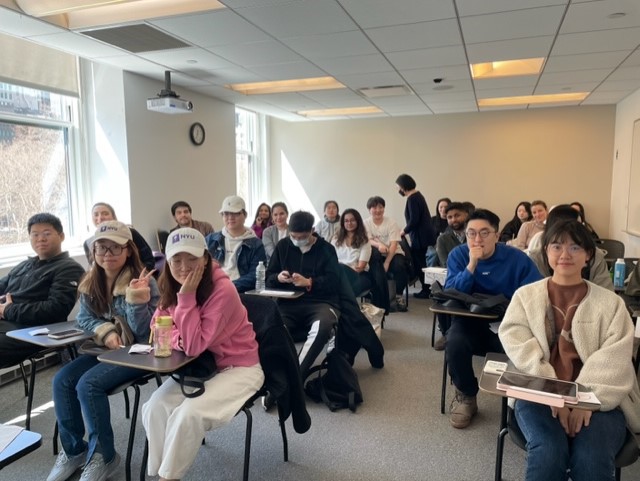Partnering with a new PR agency is a big investment – of time, resources, and focus. Most businesses are aware of that, and they prepare accordingly. But occasionally an organization isn’t fully ready to embark upon a search, let alone pull the trigger or an engagement. Maybe it’s their first time working with a PR firm, and there’s no institutional experience. More likely, it’s because they’re busy, distracted, or in a reactive posture. Whatever the case, no business should invest in a PR agency relationship without asking themselves – and the agency – some key questions.
What do we want to accomplish?
This is an internal question that’s deceptively difficult for some companies. For many, the answer is something like “increase visibility” or “promote our new product.” And those are good goals, but it helps to dig deeper. What’s your baseline for measuring success? What’s a realistic expectation for product exposure? How do you want to be perceived? And, perhaps just as important, are the key players aligned on the PR goals?
Are our goals realistic?
This is a good question to put to the agency team at the outset, for a few reasons. First, you obviously want to know if your goals are too ambitious, and why. Also, if your objectives are far-reaching and the agency responds with a laundry list of tactics, they may be the wrong fit. It’s important to agree on both deliverables (like pieces of content or earned media articles) and outcomes (like greater brand favorability or customer conversion.) Most importantly, you want an agency team who will offer a professional but unvarnished view of the opportunity and its chances for success.
What do you know about our industry?
Public relations is fairly specialized. It involves media relationships that grow out of working in a specific industry or beat. The right agency team should be knowledgeable enough about your sector to be on top of trends, identify insights, and understand media needs.
What do you think of our company or brand?
There are no right or wrong answers to this question, of course. But it’s an excellent way to gauge how the PR agency team thinks, and how candid and thoughtful they’re likely to be when you work together. Ideally a PR team will offer straightforward counsel along with the recommendations designed to address challenges or problems.
What can we expect in the first 30 days of working together?
We often get this question, and it’s a good one. Many times a prospective client wants to know how often they’ll hear from us, how much time they should allot to managing the PR engagement, and what our process looks like. They may also want to know how long it will take to generate earned media. Though it’s not easy to predict the last, it’s a fine way of opening up the all-important topic of expectations.
Is our budget realistic?
Occasionally first-time agency clients think that they shouldn’t set or disclose a budget, on the theory that it might help elicit low bids by multiple agencies. But that approach isn’t usually productive. You’re likely to get more attention and higher-quality thinking if you offer a budget or at least a range. But it’s important to know that the proposed scope of work fits within that budget. And it’s perfectly legitimate to ask about the agency’s billing model and how that fits into your budget and goals.
What do you need from us to succeed?
This may be my favorite question to hear from prospective clients, because it indicates an awareness that simply bringing on an outside firm isn’t a magic bullet. Successful outcomes depend on many variables, one of which is timely access to decision-makers on the client side. A thorough backgrounding takes time and energy, and that commitment doesn’t stop once the agency team is on board.










